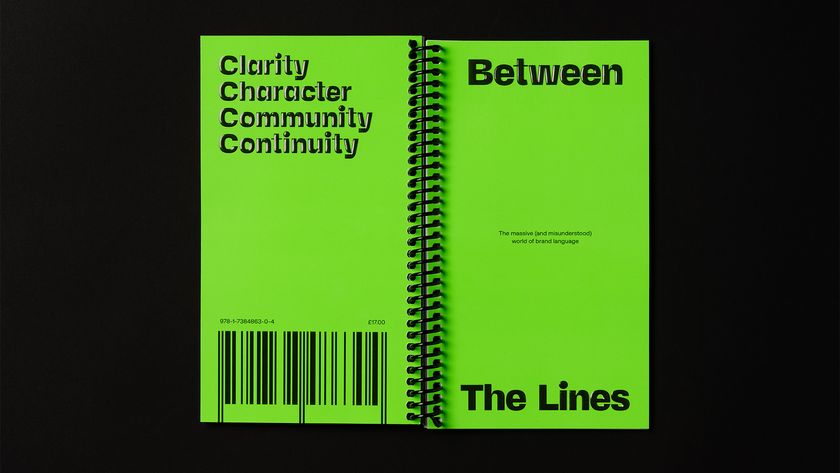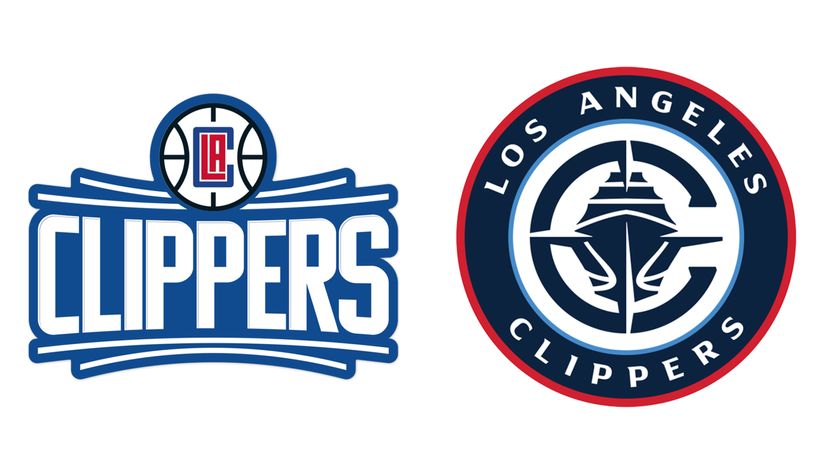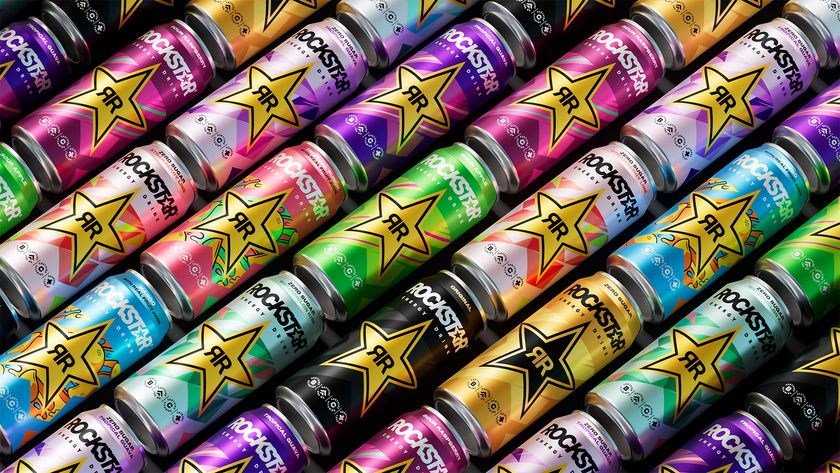4 vital brand strategy rules
Top branding agency strategists from Pearlfisher share the tricks of their trade.
Pearlfisher originally specialised in packaging, but over its 25 years in business the agency has shifted focus to branding, working with iconic clients such as Cadbury, Starbucks and Innocent.
Brand strategists Molly Rowan Hamilton and Kristoffer Fink Parup explain how Pearlfisher's Strategy division works, and reveal some of the tools and techniques they use to get to the heart of a brand. Here are their four golden rules for developing a brand strategy:
01. Look to the future to see the present
"The big question always is: 'What do you want your brand to become ultimately?'" argues Fink Parup. "'Where is it 10 years down the line, and why is that so?'" By asking this kind of open question, he adds, you can reveal the deeper thinking behind a brand, as well as any underlying issues or blind spots. "We might have a different opinion about what's going to be relevant, how the industry is shifting, and we can have a conversation about that."
02. Engage in informal conversations
Interacting with clients on a conversational level feels less like an interview and helps to humanise the process. "Often clients will express things they don't necessarily realise they're expressing," observes Rowan Hamilton. "Ideas and solutions can just come about, and it's our job to see them, and to extract meaning." When it comes to challenger brands in particular, she continues, it often helps to start by asking what their competitors are doing wrong.

03. Understand the brand's trajectory
Pearlfisher works with challenger and iconic brands, and everything in between: "We map brands out on their trajectory upwards towards iconic," explains Fink Parup. "Of course, once you reach iconic status, there's still competition – it's not like some kind of nirvana where nobody's going to touch you." It can still pay to have that scrappy challenger mentality to shake things up, and Fink Parup gives Virgin as a great example of that.
04. Tailor strategy to market position
Depending on where a brand is on that trajectory, the goal of the strategy is different. "For a challenger brand, you need to know what to challenge, and how," Rowan Hamilton points out. "For iconic brands, it's more about nurturing – understanding why people love you, and cherishing that to keep you as iconic as you possibly can be for as long as possible." Often, she adds, people's affection for a brand originally stems from its original challenger mentality.
Want to learn more from Pearlfisher's branding experts? You can watch our interviews with them:
This article originally appeared in Computer Arts issue 265; buy it here!
Related articles:

Thank you for reading 5 articles this month* Join now for unlimited access
Enjoy your first month for just £1 / $1 / €1
*Read 5 free articles per month without a subscription

Join now for unlimited access
Try first month for just £1 / $1 / €1
Get the Creative Bloq Newsletter
Daily design news, reviews, how-tos and more, as picked by the editors.

Nick has worked with world-class agencies including Wolff Olins, Taxi Studio and Vault49 on brand storytelling, tone of voice and verbal strategy for global brands such as Virgin, TikTok, and Bite Back 2030. Nick launched the Brand Impact Awards in 2013 while editor of Computer Arts, and remains chair of judges. He's written for Creative Bloq on design and branding matters since the site's launch.











